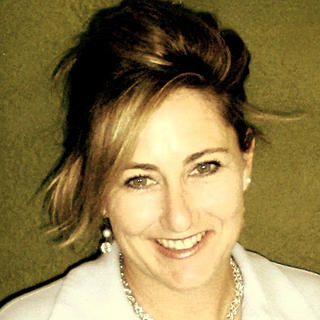Morning at the Market: Warm Smiles and “Secret” Selfies
- sherri harvey
- Oct 4
- 2 min read
Kendari greeted me in full color this morning. By 7:30 a.m., the air was already thick and heavy—the kind that clings to your skin and makes the idea of a hot latte unthinkable. So instead, I wandered to the traditional market in search of fruit—just two bananas, something simple for breakfast.
The market was alive with sound and motion: the rhythmic calls of vendors, motorbikes zigzagging through narrow aisles, and baskets overflowing with fish, chilies, and mangoes. When I asked to buy only two bananas, the marketkeeper laughed kindly and shook her head. No singles—only bunches. A whole bundle for 15,000 rupiah (about thirty cents). I smiled but declined; the heat alone would have ripened them before I made it back to the hotel.
As I strolled deeper into the market, I noticed a few people trying to sneak photos of me—pretending to study the fruit or adjust their phones—but the moment I caught on, I joined the fun. I leaned in, smiled wide, and ended up in more selfies than I can count, my face glistening with the unmistakable shine of tropical humidity. Everyone laughed, and honestly, I did too. If I was going to melt, at least I was melting among friends.

After my market adventure, my kind and patient hosts picked me up for a driving tour of Halu Oleo University—my home for the next several weeks. The campus is stunning: a green expanse of tropical trees, wide pathways, and the songs of birds echoing through the air. Originally established in the 1960s and named after a local hero, Halu Oleo has grown into one of Southeast Sulawesi’s most respected universities, a place where tradition and modern learning blend seamlessly. It feels less like a campus and more like a living garden of ideas.
Next came a drive past the Masjid Al-Alam Kendari, the famous “mosque in the ocean.” From the car, I could see its white domes and tall minarets rising above the water, shimmering in the midday sun. Built on stilts in Kendari Bay, the mosque seems to float at high tide—a vision of light and reflection surrounded by blue. Even from a distance, it was breathtaking.
As we drove away, my hosts pointed out the small fishing boats nearby and told me about the Bajau, or Sama, people—often called the “sea gypsies.” I had never heard of them before. They are a nomadic tribe who have lived for centuries on the sea, speaking the Sama-Bajau language and moving freely through the waters of Indonesia, Malaysia, and the Philippines. Their lives are tied to the tides, their homes built on stilts or aboard their boats. Hearing their story for the first time, I felt the beauty of a culture so deeply connected to the ocean—a reminder of how many ways there are to belong to a place.
By three o’clock, though, the heat had finally defeated me. I returned to my hotel, sticky, sun-soaked, and smiling—my face in more local selfies than I could have imagined when the day began. No latte needed. Kendari had already given me all the warmth and energy I could handle.






Comments